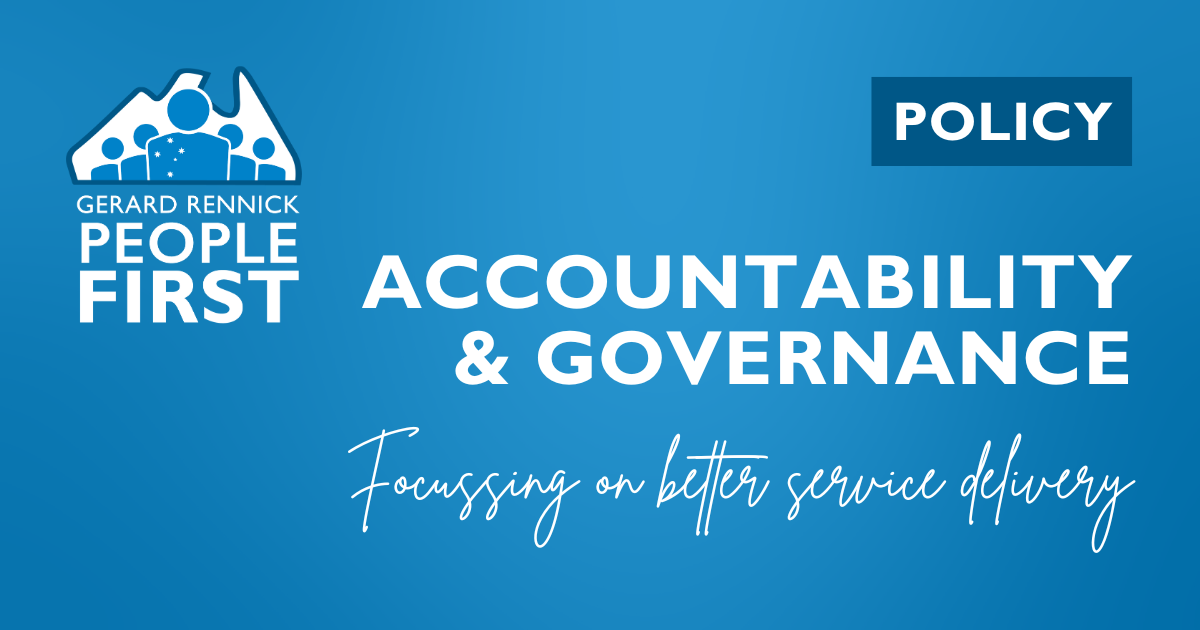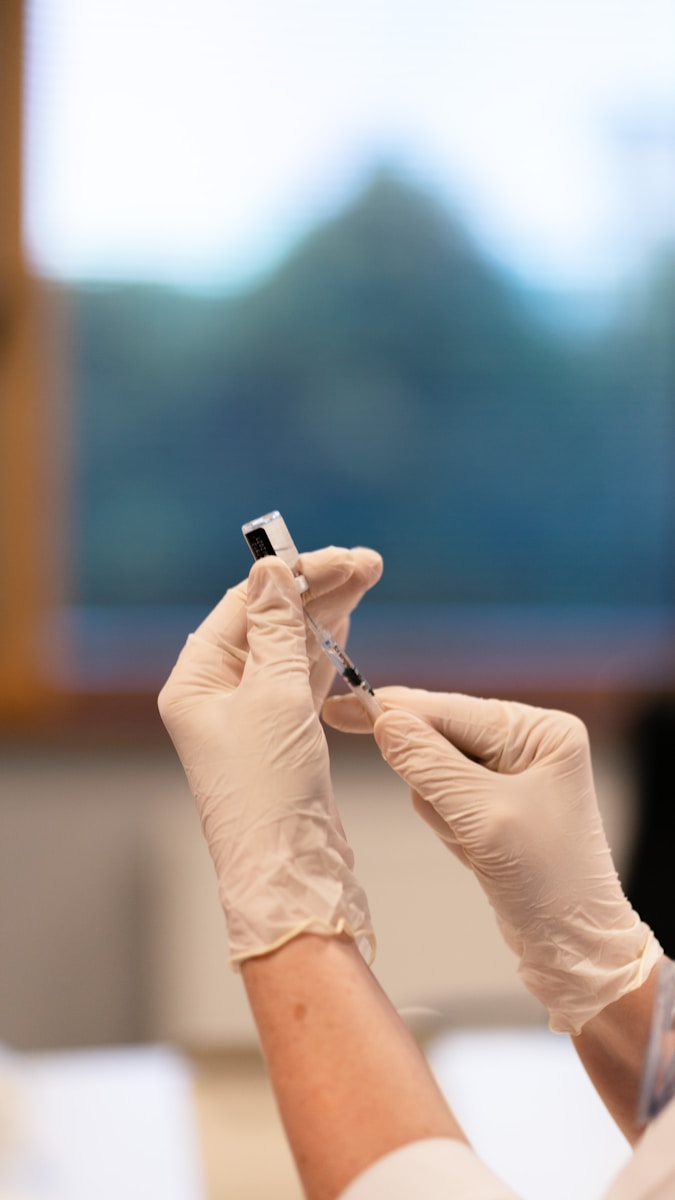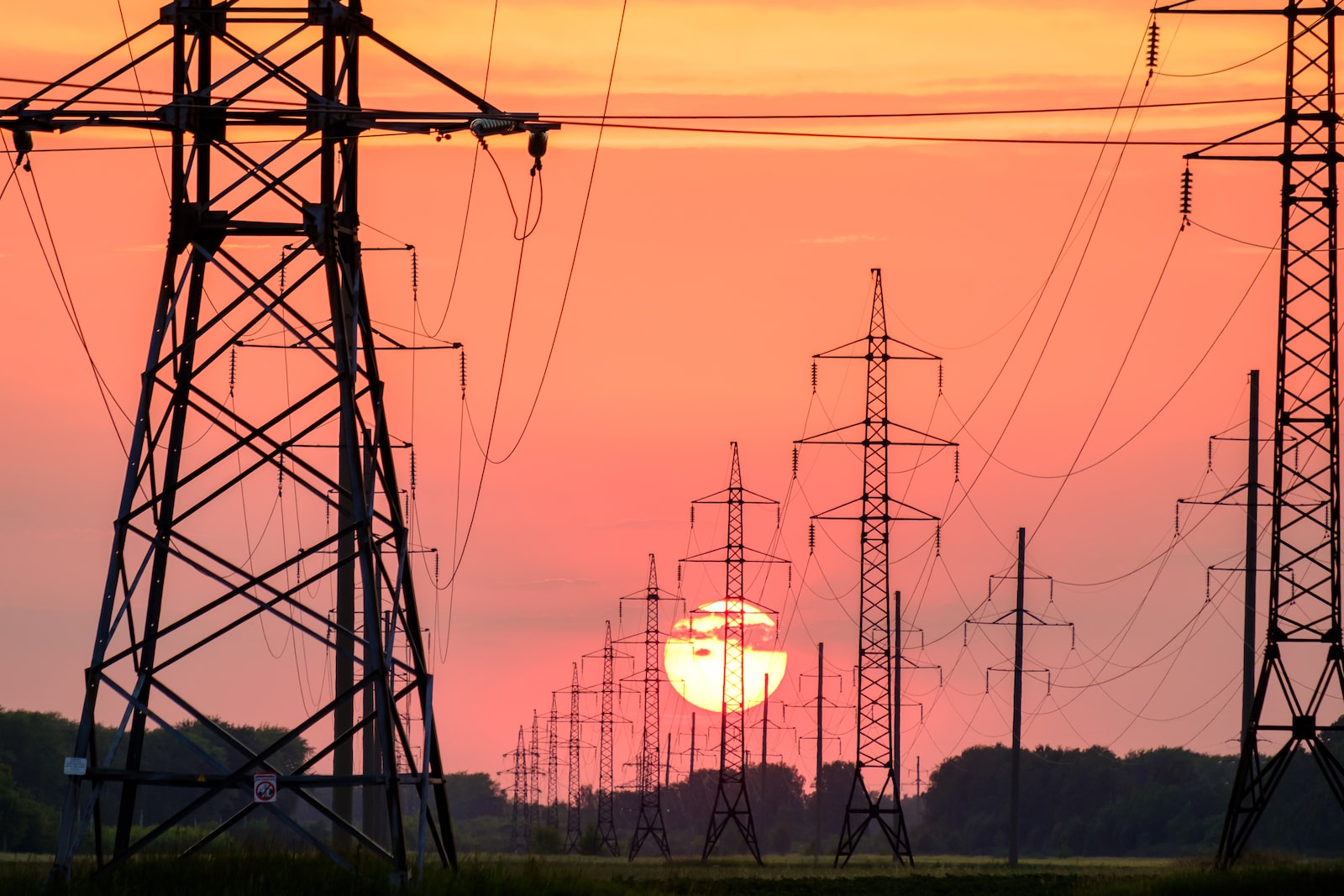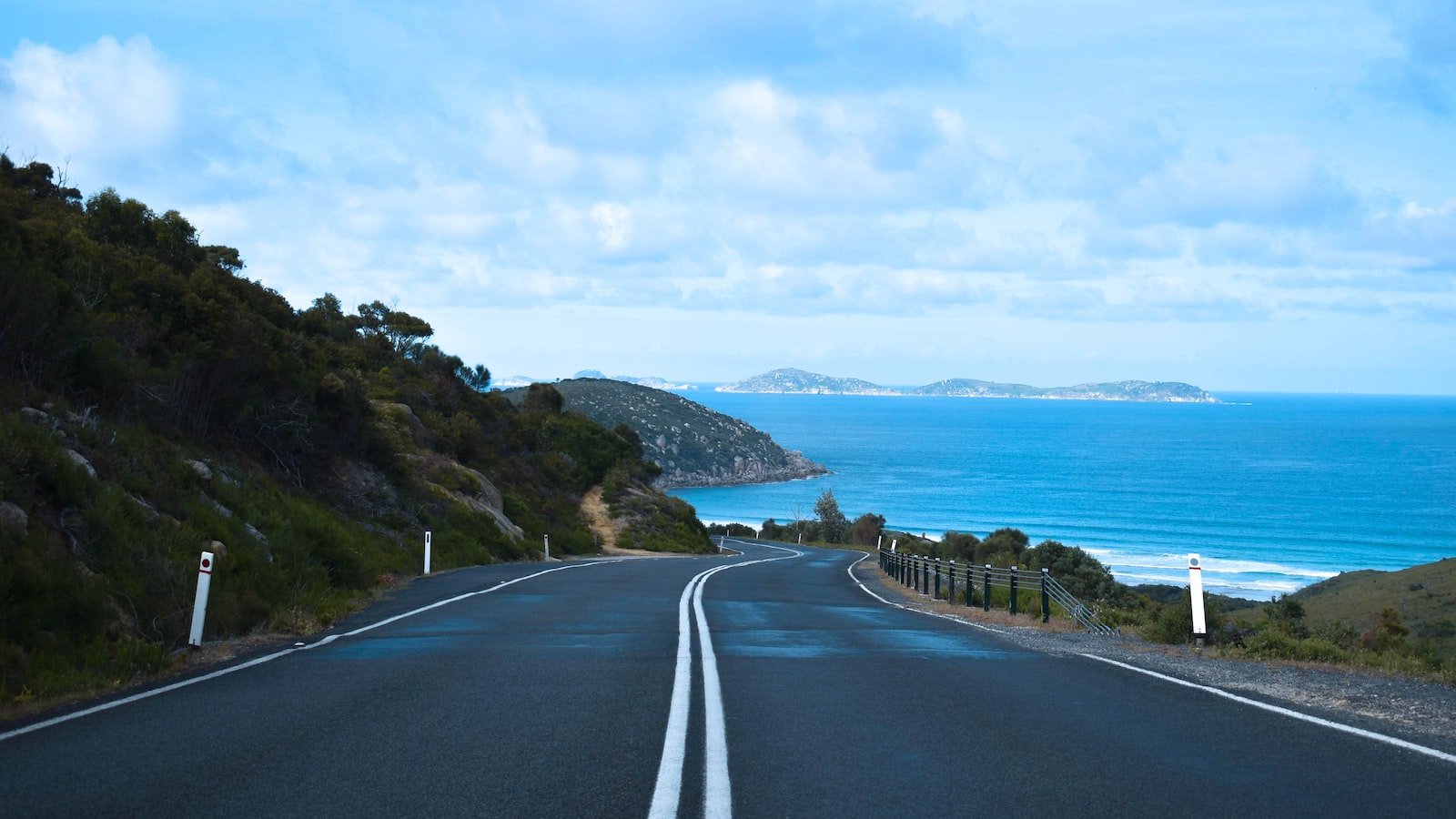The BOM has been misleading the public for over a decade now in regard to the homogenisation practices.
When they changed Stevenson screens and thermometers they should have conducted parallel runs to work out the difference between the new equipment and old equipment. Instead they made up a mathematical model based on comparing results to neighbours hundreds of kilometres away.
This model uses a supercomputer that can’t be audited. It now turns out that they are diverting millions of dollars away from actually recording weather observations to manipulating weather records as their lies start to unravel. It’s just more taxpayer money wasted on the altar of climate change by bureaucrats more interested in controlling you.
And I quote:
••••••••••••••••••••••••••••••••••••••••••••
“The Bureau of Meteorology has been using hundreds of millions of dollars granted specifically for “proactive” maintenance of its ageing weather observing system to prop up the agency’s deteriorating financial position and cover cost overruns on major technology rollouts.
According to a scathing audit report, it has also failed to account for this money.
The blistering assessment from the Australian National Audit Office (ANAO) has revealed an agency with missing plans or inexplicable broken promises.
It is only meeting between 52 and 79 per cent of its own preventive maintenance targets and there are unresolved work orders on its live dashboards that are four years old.
This is despite $225.6 million in additional funding being made available over three years from 2021-22, and $143.7 million each year after that, explicitly “to maintain a proactive asset maintenance schedule consistent with industry best practice”.
Four years after receiving the significant new funding, the ANAO audit found, the weather bureau has not bothered to monitor or report on whether the money provided for maintenance is actually being spent on keeping its billion-dollar asset base in working order.
“The Bureau advised the ANAO in July 2024 that ‘no progress update/reporting has been undertaken nor is regular reporting expected’ on the 2020-21 Federal Budget funding as ‘sustainability funding increases the Bureau’s overall base funding levels for capital and operating on an ongoing basis – it is not a discrete program of work’,” the audit says.”
Environment and Communications Legislation Committee – 08/11/2024 – Estimates – CLIMATE CHANGE, ENERGY, THE ENVIRONMENT AND WATER PORTFOLIO – Bureau of Meteorology
Senator RENNICK: When I was a Senate candidate I originally criticised the bureau for not doing parallel runs when you change your equipment. You’ve changed from large Stevenson screens to small Stevenson screens. You’ve changed from mercury thermometers to platinum thermometers. I was castigated for saying this; that I didn’t know what I was talking about. This isn’t science, this is record keeping. There’s a very big distinction in how you keep records, and that’s something. In the profession I came from, if we went and created an entire new dataset, we’d end up in jail for that. One cannot ignore the whole concept of homogenisation. I’d refer to the lack of parallel runs you did when you changed the Stevenson screen as being very poor quality assurance. I hope we get better bang for buck out of this $866 billion on the ROBUST project that you’ve just implemented, because this is very important.
Dr Johnson: I think we share in common how important is the integrity of the National Climate Record. There’s a lot in your statements there—
Senator RENNICK: I’ll ask you a specific question: are you going to start doing parallel runs when you change Stevenson screens, when you change equipment, because that’s quality assurance 101?
Dr Stone : I’ll answer that question in two ways. As we’ve described previously, using six nearest neighbours rather than a simple paired comparison actually gives you a much more powerful means of understanding the effect of a change in observation practice. That’s why we use six nearest neighbours. The name given to using those six nearest neighbours to correct the discontinuity is homogenisation. That’s one thing we are doing—
Senator RENNICK: We need to qualify that. Some of these neighbours are 1,000 kilometres apart. We’ve had this discussion before about Marble Bar and Port Hedland. With some of these neighbours, you’re taking coastal sites and comparing them to inland sites. How do you think you can do an actual homogenisation when you’re comparing two different geographical locations with different weather patterns? My home town is a couple of hundred kilometres from Brisbane. The weather pattern there is completely different from what it is in Brisbane, which has humid heat. Two hundred kilometres away, it’s a dry heat.
Dr Stone : Understood. You use neighbours that are similar—
Senator RENNICK: I know the process. You don’t need to explain it to me. But I still struggle as to why you wouldn’t run multiple thermometers, for example, at the same location, just for redundancy. That was the recommendation in the independent peer review in 2011.
Dr Stone : When we make changes to stations such as those we are going to be making in the next few years all of those will be accompanied by at least two years of parallel runs.
Senator RENNICK: That’s good to hear.






























